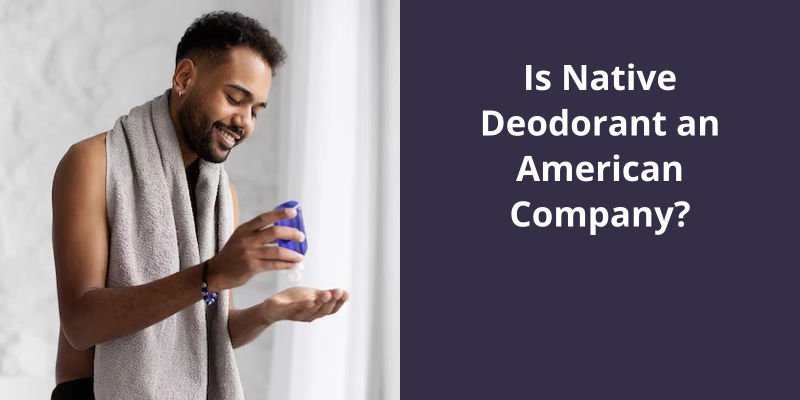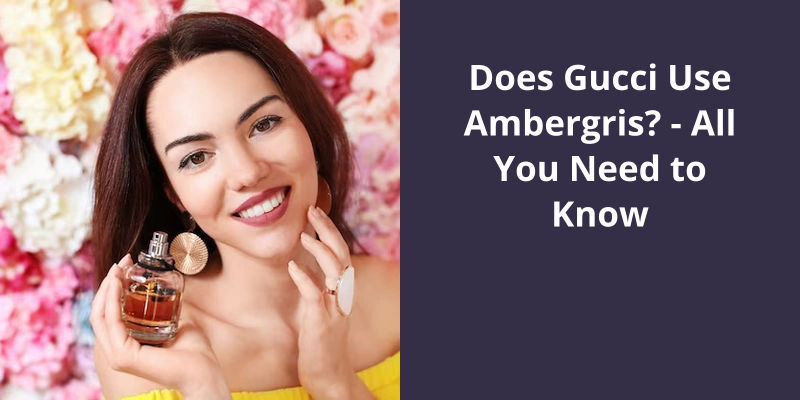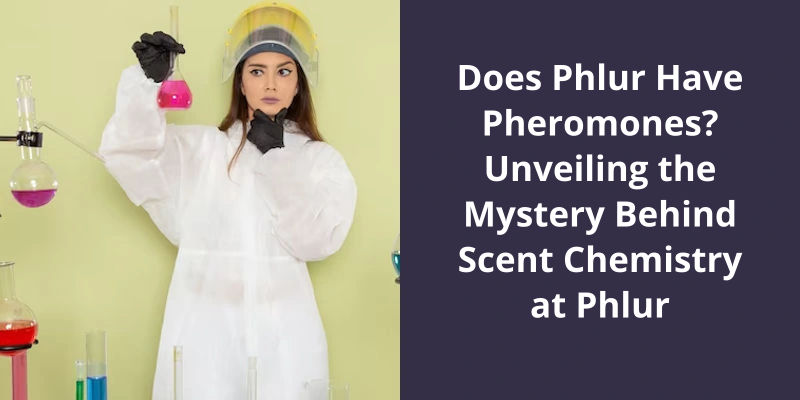Hexylene Glycol is a liquid substance that appears colorless and has a slightly sweet odor. Its molecular formula is C6H14O2, and it has a molar mass of 118.18 g/mol. The density of this material is approximately 0.93 grams per cubic centimeter, and it has a boiling point of 197-198°C. It’s soluble in water and its solubility increases with the rise in temperature. It’s also very stable under normal temperatures and pressures. However, it can produce toxic gases when heated to decomposition. Therefore, Hexylene Glycol should be stored in a cool and well-ventilated place.

What Is the Melting Point of Hexylene Glycol?
Hexylene glycol is a common industrial solvent used in a range of applications, including coatings, adhesives, and personal care products. The chemical formula for hexylene glycol is C6H14O2, and it’s classified as a diol due to it’s two hydroxyl groups. The melting point of hexylene glycol is an important physical property, as it determines the temperature at which the liquid will solidify. At -50°C, hexylene glycol will solidify into a crystalline form.
Generally, substances with stronger intermolecular forces will have higher melting points, as it requires more energy to overcome the attractive forces between the molecules.
Various methods can be used to determine the melting point of solids, such as differential scanning calorimetry, capillary tube method, and melting point apparatus. One approach is to observe the point at which the solidification process begins when the liquid is cooled, as this marks the onset of the melting point.
For instance, the boiling point of hexylene glycol provides information on the temperature range at which it can be effectively utilized as a solvent, while it’s solubility in water affects it’s dispersibility and miscibility.
This, in turn, enables them to utilize this versatile solvent safely and efficiently for a range of applications.
What Are the Uses of Hexylene Glycol in Different Industries?
- Hexylene glycol is used as a solvent in a variety of industries, including paints, coatings, and inks.
- It’s also used as a chemical intermediate in the production of other chemicals, such as plasticizers.
- In the personal care industry, hexylene glycol is used as a moisturizer and humectant in skincare and haircare products.
- It’s also used as a component in fragrances and perfumes.
- Hexylene glycol is used as a coolant and antifreeze in the automotive industry.
- In the pharmaceutical industry, it’s used as a solvent in the production of drugs and as a component in intravenous solutions.
- Hexylene glycol is also used as a preservative in a variety of industries, including cosmetics, food, and beverages.
Now that we know what hexylene glycol is, let’s discuss it’s properties and potential applications.
Is Hexylene Glycol an Oil?
Despite it’s oily appearance, hexylene glycol isn’t considered an oil. This is because oil is defined as a viscous liquid that’s insoluble in water and made up of hydrocarbons. Hexylene glycol, on the other hand, is a glycol, which means it’s an organic compound that contains two hydroxyl groups (-OH) attached to a carbon atom. Glycols aren’t considered oils because they’ve a different chemical composition and function in a different way.
Hexylene glycol is often used as a humectant in cosmetic and personal care products. It helps to keep skin hydrated by attracting and retaining moisture. It’s also used as a solvent, which means it can dissolve other substances and help them mix together. This property makes it useful in a variety of applications, from cleaning and degreasing to the production of adhesives, textiles, and paints.
Despite it’s many benefits, hexylene glycol isn’t without it’s drawbacks. It can be irritating to the skin and eyes in high concentrations, so it must be used carefully and in appropriate levels. It’s also flammable and can pose a fire hazard if not handled properly. For this reason, it’s important to follow safety protocols when working with hexylene glycol or any other chemical substance.
It isn’t considered an oil due to it’s chemical composition and properties, but it does have some oil-like qualities such as it’s fluidity and lubricating properties.
Additionally, hexylene glycol also acts as a conditioning agent that helps to hydrate and soften the skin. It’s ability to penetrate deep into the skin makes it an effective ingredient in skincare products that target acne, as it helps to unclog pores and prevent breakouts. So, let’s delve deeper into how hexylene glycol can benefit your skin.
What Does Hexylene Glycol Do for Skin?
Many skincare products contain hexylene glycol as it offers a plethora of benefits for the skin. Interestingly, this ingredient is a fantastic humectant, meaning it can help to draw moisture to the skin. This is crucial for maintaining hydrated, plump skin, as dehydrated skin can look dull and saggy.
This is because hexylene glycol is a penetration enhancer, which means it can help other ingredients in a formula penetrate deeper into the skin. This is great news for anyone looking to maximize the benefits of their skincare products, as it ensures that active ingredients can reach the deeper layers of the skin where they’re needed most.
When applied topically, it can help to reduce redness and irritation, making it an excellent choice for those with sensitive skin.
With it’s ability to improve texture, enhance absorption, and soothe the skin, it’s easy to see why it’s such a popular choice for formulators.
Now that we’ve identified hexylene glycol as a small molecular weight surfactant, it’s important to explore it’s various applications and benefits. From personal care products to industrial formulations, hexylene glycol has proven to be a versatile and effective ingredient. Let’s dive into some of the key uses and advantages of this surfactant.
What Type of Surfactant Is Hexylene Glycol?
It belongs to the class of glycols, which are polyhydric alcohols containing multiple hydroxyl groups. Hexylene glycol is a colorless and odorless liquid with a slightly sweet taste. It’s soluble in water, ethanol, ether, and other organic solvents. Hexylene glycol is widely used as a solvent, coupling agent, and humectant in various industries, such as cosmetics, personal care, food, pharmaceuticals, and paints.
Surfactants are chemicals that have both hydrophilic (water-loving) and hydrophobic (water-hating) properties. They can adsorb at the interface between two immiscible phases, such as water and oil, and form a monolayer or a micelle. Surfactants can also modify the rheological properties of liquids, such as viscosity, elasticity, and flow behavior.
It can enhance the skin penetration of active ingredients, improve the texture and feel of formulations, and prevent microbial contamination. It’s low toxicity, skin irritation, and sensitization potential.
It can improve the solubility and stability of drugs, vitamins, and other active ingredients. Hexylene glycol is approved by FDA as a food additive and generally recognized as safe (GRAS) when used in accordance with good manufacturing practices.
It can promote the formation of a uniform film on the surface, improve the leveling and glossiness, and prevent the paint from drying too fast. Hexylene glycol can also reduce the emission of volatile organic compounds (VOCs) and improve the environmental performance of paints and coatings.
It’s unique properties of low molecular weight, good solubility, and versatility make it an attractive choice for formulators and researchers.
Source: EWG Skin Deep® What’s HEXYLENE GLYCOL
Conclusion
It’s melting point, boiling point, and vapour pressure make it stable under various conditions, while it’s full miscibility in water makes it an excellent solvent. With a calculated n-octanol water partition coefficient (log Kow) of 0.58, the compound exhibits some lipophilicity, which makes it an ideal additive in cosmetic products. Furthermore, it’s effectiveness as a solvent and it’s stability under various conditions make it useful in various industrial applications, including as a coolant, anti-freeze, and de-icer.





